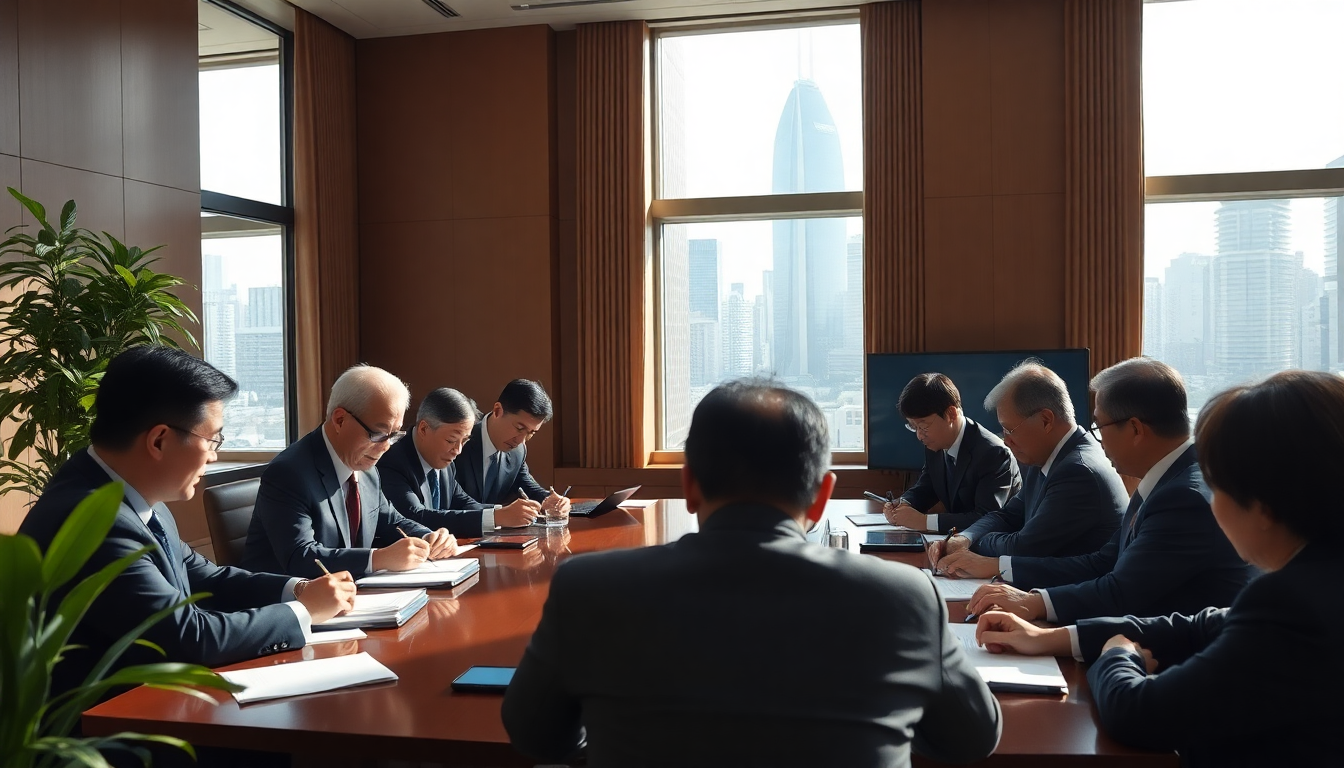Table of Contents
The political landscape in Japan has seen quite a shake-up recently, especially following the upper house elections. Prime Minister Shigeru Ishiba and his ruling coalition faced some unexpected bumps in the road, raising eyebrows among analysts about his leadership and what lies ahead. Yet, despite these challenges, Ishiba insists he’s not going anywhere, as he aims to steer critical tariff negotiations with the United States and tackle the pressing issue of rising consumer prices that are hitting Japan’s economy hard.
The Election Outcome and Its Implications
In the latest elections, Ishiba’s coalition managed to secure 47 out of 248 seats in the House of Councillors, which is notably below the 50 needed to maintain control. This means that his Liberal Democratic Party (LDP) and its junior partner Komeito now hold a combined total of 122 seats in the upper chamber, which holds elections every three years. The election results reveal a growing dissatisfaction among voters regarding the rising cost of living, with the far-right Sanseito party making significant strides by gaining 14 seats. Their success points to a shift in voter sentiment largely driven by inflation and economic stagnation.
Given this backdrop, Ishiba stressed the importance of steady governance, arguing that issues like international relations and natural disasters shouldn’t take a backseat to political instability. His commitment to fulfilling obligations to the electorate and genuinely listening to local voices is crucial as Japan navigates through these economic challenges.
Challenges Facing Ishiba’s Leadership
With Ishiba at the helm, his leadership is under the microscope as his government faces high-stakes trade negotiations with the United States. Analysts warn that the uncertainty surrounding his position could spark conflicts within the party, complicating his ability to govern effectively. Tomohiko Taniguchi from the Fujitsu Future Studies Centre noted that while Ishiba might remain in power due to a lack of viable alternatives within the ruling party, internal dynamics could soon present significant hurdles.
The rise of the Sanseito party is particularly intriguing, as it seems to resonate with voter frustrations. Their platform, which embraces anti-immigration sentiments, reflects broader concerns about national identity and economic issues. Although the party has tried to distance itself from accusations of xenophobia, its appeal to nationalist sentiments draws parallels with far-right movements elsewhere in the world.
The Road Ahead for Japan
As Japan looks ahead, all eyes will be on how Ishiba tackles pressing economic issues while striving for political stability. Voter concerns about the declining birthrate and skyrocketing food prices are at the forefront, with many feeling anxious about these pressing matters instead of immigration. While the Sanseito party’s rise signals a notable shift in political dynamics, it also highlights the challenges the LDP faces in addressing the electorate’s primary concerns.
The future of Ishiba’s government hinges on its ability to navigate these turbulent waters, balancing economic reform with the need for political unity. The upcoming weeks may be critical; intra-party battles could either solidify or undermine Ishiba’s leadership, shaping Japan’s political and economic landscape for years to come. How will he respond to these challenges? Only time will tell!


